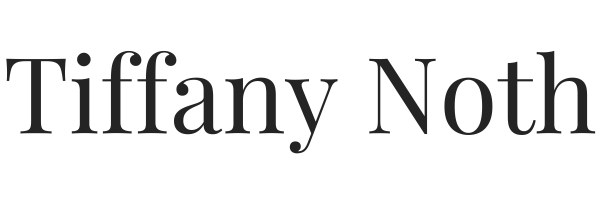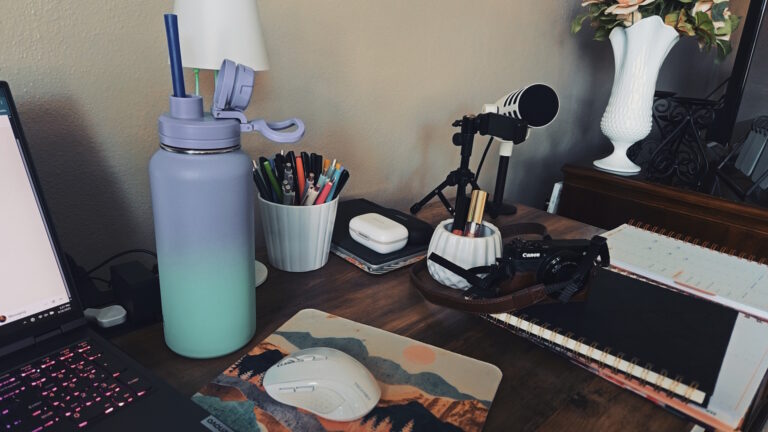The influencer life is changing, again. And – where I think you should consider focusing content in this next era.
Influencer life has gone through a massive transformation over the past two decades. In the earliest blogging years, influencing wasn’t even considered a career. Bloggers shared personal stories on their sites, built community in comment sections, and connected with readers through long-form storytelling.
The rise of vlogging invited audiences into everyday life (in a revolutionary way), creating a raw and relatable connection between creators and their followers.
That early era was simple, organic, and far less polished than what it developed to in some of our most recent years. Influencing has since shifted into something more structured, professionalized, and—at times—indistinguishable from traditional employment.
Why Influencing Looks Different Now
Platforms Have Changed the Rules:
Blogging allowed creators to fully own their content, design, and distribution. Social media platforms now control visibility through algorithms, making creators dependent on outside systems. This shift forces influencers to operate under guidelines similar to workplace policies.
Brands Treat It Like a Job:
Early brand collaborations were casual and often paid in free products (topic for another time). Today: contracts, deadlines, creative briefs, deliverables, and performance metrics dominate influencer partnerships. These expectations align closely with the standards of traditional job roles.
Audiences Expect Professionalism: (maybe)
The desire for authenticity remains, but audience expectations have grown. High-quality production, consistent posting, and personal engagement are now the norm. To meet these demands, many influencers hire editors, managers, and assistants, effectively running small businesses with professional standards.
We are trending out of the polished videos and content – to an extent. This is cyclical and don’t worry – we’ll trend back.
The Hybrid Career Model:
A growing number of creators are building hybrid careers that combine traditional work with content creation. Rather than choosing between a full-time job and full-time influencing, many are balancing both.
This approach resembles portfolio careers, where multiple income streams support a single professional identity. A creator may work part-time in marketing, produce user-generated content for brands, manage a YouTube channel, and take on freelance projects. The model blends stability with creativity and opens the door to sustainable career growth.
A word of caution. If you choose to work a “9-5” while living an influencer life – do not use it for content. Keep it separate. Stay employed. You’re welcome.
The Next Era of Influencing
The influencer dream of leaving behind traditional work to create content full-time is evolving. The next era centers on balance/combining the security of steady work with the freedom and creative expression of content creation.
This hybrid path reduces risk in a world where algorithms shift without notice, keeps skills relevant and transferable, and provides diversified income streams. It also creates healthier boundaries and greater long-term sustainability, steering creators away from burnout.
Brands benefit from this model as well. Influencers with professional backgrounds often bring organizational skills, reliability, and communication practices that align well with structured campaigns.
Influencing has grown from personal storytelling to a professionalized career path that increasingly mirrors traditional employment. The future of this industry is not defined by abandoning one world for another but by integrating them into a blended model.
The next era of influencing is about building careers that are sustainable, flexible, and adaptable—anchored in both professional stability and digital creativity.
My Influencer Platform Pick
YouTube. The absolute power-house search engine disguised as a video platform.
YouTube remains one of the most powerful platforms for creators. It offers long-term content visibility and searchability. Unlike other social platforms where posts disappear within minutes, hours or (if you’re lucky) days, videos on YouTube can generate views, engagement, and income for years, making it a strong foundation for sustainable growth.
The brilliance of long form married with short form:
Shorts capture quick attention and bring in new audiences, while long-form content builds deeper connections and authority. Together, the two formats create a power-cycle. Shorts to viewers in. Long-form to keep them returning.
I have a wildly long list of thoughts on why the hybrid-model may contribute to a better life balance – but I’ll touch on those in a later post and would love to include your thoughts.
For now: Go, create, and learn as you do.





